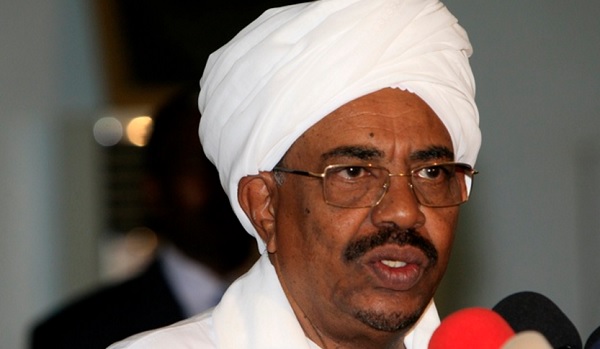
Khartoum, Sudan | AFP | Sudan’s President Omar al-Bashir said Thursday that the construction of Ethiopia’s controversial Grand Renaissance Dam on the Nile River would not impact water supplies to Egypt as feared by Cairo.
Visiting Ethiopian Prime Minister Hailemariam Desalegn, for his part, said the project was a “win-win” for the peoples of all three countries if it was not politicised.
Construction of the massive dam on the Blue Nile in Ethiopia has poisoned relations between Cairo and Addis Ababa, with Egypt fearing its share of water from the Nile will be hit once the project is completed.
“We are fully committed to ensure that the Egyptian share of the Nile water will not be affected because of the building of the Renaissance Dam,” Bashir said at a joint press conference in Khartoum with Desalegn.
Egypt, which is almost totally reliant on the Nile for agriculture and drinking water, says it has “historic rights” to the Nile guaranteed by treaties from 1929 and 1959.
The treaties grant it 87 percent of the river’s flow, as well as the power to veto upstream projects, according to Cairo.
The Blue and the White Nile rivers converge in Khartoum and from there run north into Egypt as the Nile.
Desalegn called for the issue of the dam not to be politicised.
“This is more of a technical issue and it is not political,” he said. “If we don’t politicise it, then we will reach a conclusion that is a win-win for all our people.”

Bashir said Khartoum too had concerns initially about the safety of the dam, which when complete will be the largest in Africa.
“If anything happens to the dam, it will be crisis for Sudan because of the huge amount of water the dam will be storing,” said Bashir.
“But Ethiopia has made some changes to the dam’s structure, and now we are satisfied.”
French firms Artelia and BRL are currently carrying out technical studies on the project.
The dam is designed to feed a hydroelectric project that would produce 6,000 megawatts of power — tantamount to six nuclear-powered plants.
Ethiopia began building the dam in 2012 and initially expected to commission it in 2017. Ethiopian media reports say that only about 60 percent of the construction has so far been completed.
Industrialise to protect River Nile – Museveni #NBSummitUG https://t.co/hxDM0mYFAb pic.twitter.com/t6LHPLn31l
— The Independent (@UGIndependent) June 22, 2017
 The Independent Uganda: You get the Truth we Pay the Price
The Independent Uganda: You get the Truth we Pay the Price


